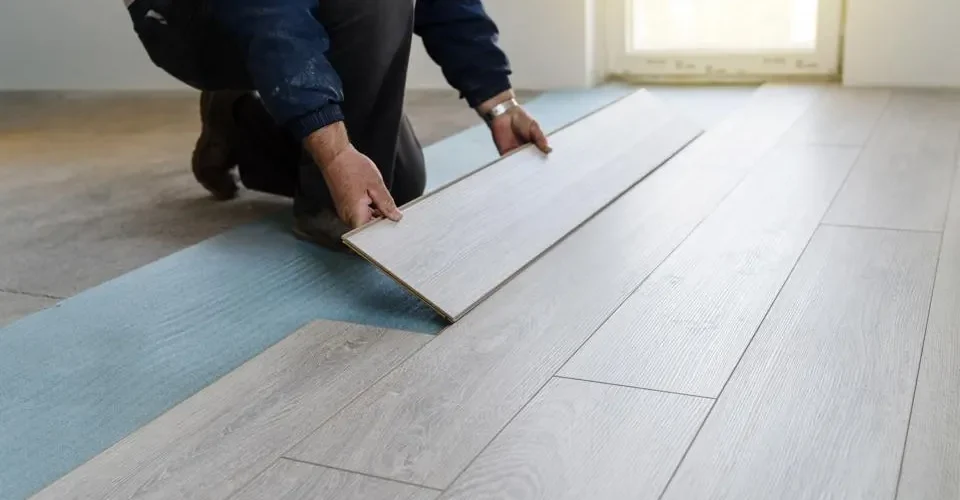Flooring

Flooring works involve the installation of various materials to create a durable, aesthetically pleasing, and functional surface for interior spaces. From residential homes to commercial buildings, flooring plays a crucial role in defining the overall look and feel of a space while also providing durability and ease of maintenance.
1. Types of Flooring Materials:
- Hardwood Flooring: Hardwood flooring adds warmth and character to a space with its natural beauty and timeless appeal. Common hardwood species include oak, maple, cherry, and walnut. Hardwood floors can be sanded and refinished multiple times, making them a long-lasting option.
- Laminate Flooring: Laminate flooring is a cost-effective alternative to hardwood that mimics the look of wood, tile, or stone. It consists of multiple layers bonded together for durability and resistance to moisture, stains, and scratches.
- Vinyl Flooring: Vinyl flooring comes in a variety of styles, including sheets, tiles, and planks. It is highly durable, water-resistant, and easy to maintain, making it suitable for high-traffic areas such as kitchens, bathrooms, and commercial spaces.
- Tile Flooring: Tile flooring, made from materials such as ceramic, porcelain, or natural stone, offers versatility in design and durability. It is available in a wide range of colors, patterns, and sizes, allowing for creative customization.
- Carpet Flooring: Carpet flooring provides comfort, warmth, and sound insulation. It comes in various textures, pile heights, and colors to suit different preferences and design aesthetics.
2. Flooring Installation Techniques:
- Floating Installation: This method involves laying the flooring material over a padded underlayment without fastening it to the subfloor. Floating floors are popular for laminate, engineered hardwood, and some vinyl flooring options.
- Glue-Down Installation: In this method, the flooring material is adhered directly to the subfloor using a strong adhesive. It ensures a secure and stable installation, commonly used for vinyl tiles and some hardwood flooring.
- Nail-Down Installation: Hardwood flooring is often installed by nailing each plank to the subfloor using nails or staples. This method provides a secure attachment and is suitable for solid hardwood floors.
- Grout Installation: Tile flooring requires grout to fill the gaps between tiles and provide stability and moisture resistance. Grout comes in various colors to match or contrast with the tiles, enhancing the overall appearance of the floor.
3. Subfloor Preparation:
- Leveling and Smoothing: Before installing flooring materials, the subfloor must be properly leveled and smoothed to ensure a uniform surface. This may involve filling cracks, repairing imperfections, and removing debris.
- Moisture Barrier Installation: In areas prone to moisture, such as basements or bathrooms, a moisture barrier may be installed to prevent water damage and mold growth.
4. Finish and Maintenance:
- Sealing and Finishing: Depending on the flooring material, sealing or finishing may be applied to enhance durability, water resistance, and aesthetics. For example, hardwood floors may be sealed with polyurethane, while tile floors may be sealed with grout sealer.
- Regular Cleaning and Maintenance: Proper maintenance, including sweeping, vacuuming, and occasional mopping, helps prolong the life and appearance of the flooring. Specialized cleaning products may be recommended for specific flooring materials.
5. Safety Considerations:
- Slip Resistance: Flooring materials should be selected with consideration for slip resistance, especially in areas prone to spills or moisture.
- Fire Safety: Some flooring materials may have specific fire safety ratings or requirements, particularly in commercial or public buildings.
